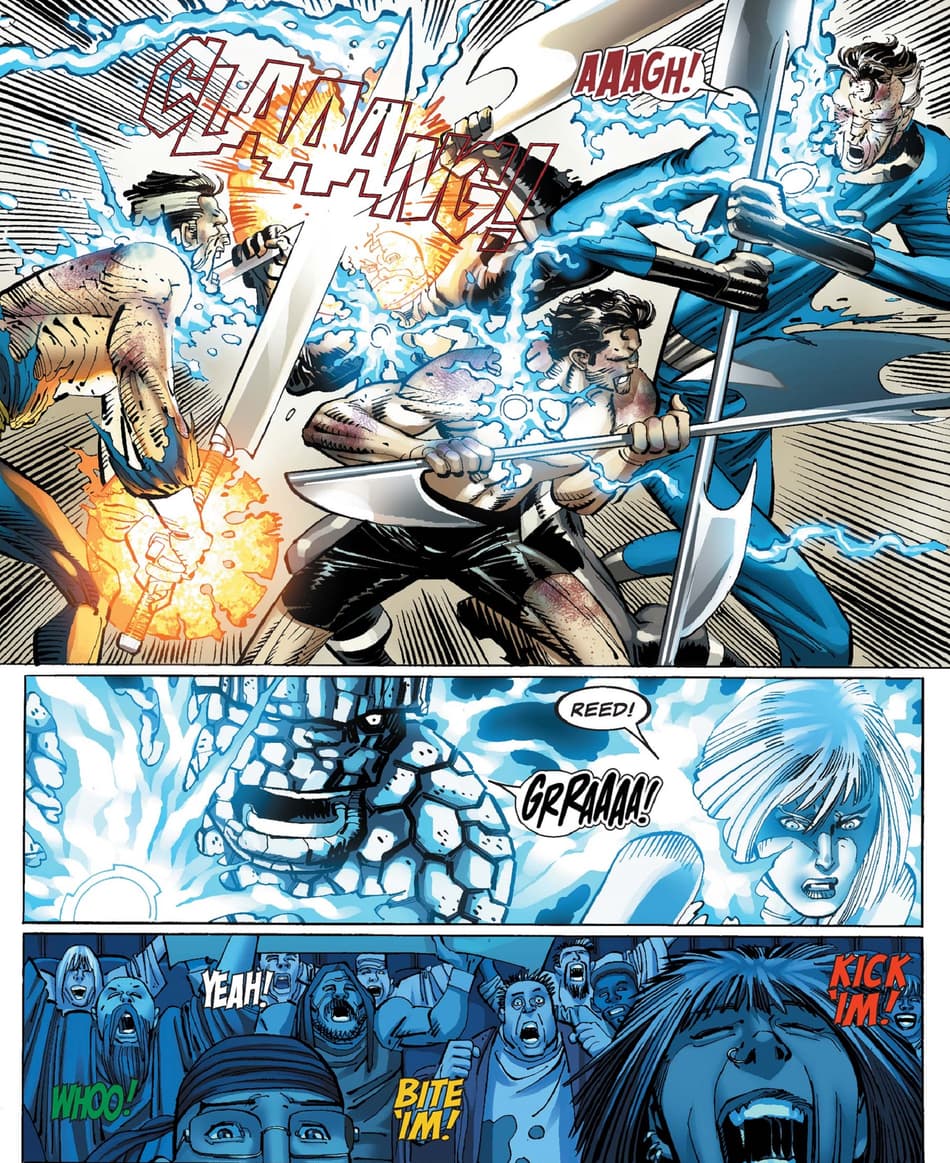Practical Advice on How to Successfully Join Freemason in Your Region
Practical Advice on How to Successfully Join Freemason in Your Region
Blog Article
Discovering the Mysteries of the copyright: What You Required to Know
The copyright, a term usually shrouded in intrigue and conflict, stands for an intricate tapestry of historical fact and modern-day misconception. Established in the late 18th century, this secret culture was at first rooted in the Enlightenment's perfects however has given that come to be associated with conspiracy concepts regarding elite control (benefit of joining freemason).
Beginnings of the copyright
The beginnings of the copyright are steeped in a mix of historical intrigue and ideological fervor. Developed in 1776 in Ingolstadt, Bavaria, by Adam Weishaupt, the group was initially developed as a secret society focused on advertising Knowledge suitables such as factor, secularism, and the separation of church and state. Weishaupt, a teacher of canon legislation, looked for to challenge the prevailing authority of the church and state, which he considered as overbearing organizations stifling intellectual and personal liberty.

Secret Numbers and Members
Who were the pivotal numbers that formed the copyright's very early influence and direction? The Bavarian copyright, established in 1776 by Adam Weishaupt, emerged as a reaction to the oppressive societal frameworks of the time.
Another substantial figure was Johann Gottlieb Fichte, a famous thinker whose ideas on nationalism and education reverberated with the copyright's goals. Although Fichte was not an official participant, his thoughtful underpinnings affected the team's ideological background. Furthermore, numbers like the author and philosopher Johann Wolfgang von Goethe were related to the broader intellectual motions of the moment, although their direct involvement with the copyright remains questioned.
These key numbers added to the copyright's very early direction, pressing the limits of political and social idea, while their cumulative efforts aimed to test well-known norms and promote a climate of progressive adjustment in Europe.
Misconceptions vs. Reality
Several misconceptions border the copyright, commonly mixing reality with fiction in a manner that covers its true nature. This secret society, initially established in 1776 in Bavaria, intended to advertise Enlightenment suitables and battle spiritual and political injustice. The concept that the copyright remains to put in significant impact over world events is a myth. While the team did exist, it was dissolved in the late 18th century and has actually not run as a natural entity because then.
Another prevalent misconception is that the copyright consists of a network of elite people controling global affairs. In truth, many conspiracy theory theories overemphasize the team's importance, connecting unfounded intentions to societal patterns and occasions. This has led to an oversimplified view of complicated problems.
Furthermore, the portrayal of the copyright in prominent culture commonly additional distorts its legacy. Films and literature tend to sensationalize the company's role, creating a story that diverges from historic realities. Comprehending the difference in between the misconceptions and the truth of the copyright is crucial for critical the authentic influence of this historical team and identifying the broader effects of conspiracy theory concepts in contemporary culture.
Modern Analyses
Contemporary interpretations of the copyright typically show wider benefit of joining freemason societal anxiousness and a fascination with privacy and power. This modern lens regularly links the copyright with conspiracy concepts that recommend a hidden elite orchestrates globe events, controling governments and economic climates for their own gain. benefit of joining freemason. Such stories touch into a deep-rooted mistrust of authority, particularly in times of crisis or social turmoil
In pop culture, the copyright is typically depicted as a supreme organization shrouded in mystery, leading to a myriad of fictional representations in literature, movie, and music. This portrayal offers not just to delight but additionally to prompt thought concerning the nature of power and control in modern culture. Social media has actually further enhanced these analyses, enabling fast dissemination of conspiracy concepts and creating neighborhoods that share and broaden upon these concepts.
In addition, some contemporary analyses frame the copyright as a metaphor for the intricacies of globalization and the interconnectedness of influential individuals and companies. This point of view encourages an important evaluation of just how power dynamics operate in today's world, highlighting the equilibrium between transparency and privacy in governance and company practices.
Cultural Impact and Tradition
Influenced by centuries of intrigue, the cultural impact and legacy of the copyright extend far past its historical origins. This secret society, developed in the late 18th century, has penetrated different elements of popular culture, from literary works and movie to songs and art. The idea of the copyright has actually advanced right into an icon of conspiracy concepts, frequently standing for a perceived surprise power manipulating international occasions.
In literary works, authors like Dan Brown have actually woven the copyright into complex stories, fascinating visitors with themes of secrecy and power. Films such as "National Treasure" and "The Da Vinci Code" even more bolster the allure of the culture, mixing truth with fiction to develop appealing stories.

Ultimately, the copyright's tradition is a complex tapestry of misconception and fact, shaping perceptions of secrecy and control in modern discourse. Its enduring visibility in culture highlights mankind's perennial pursuit for recognizing hidden truths.
Final Thought
The expedition of the copyright discloses an intricate interplay between historic realities and modern-day myth-making. Founded in the Knowledge era, this culture intended to test oppressive frameworks, yet its tradition has been overshadowed by conspiracy theory concepts that suggest elite manipulation. Understanding the differences between the original suitables and contemporary analyses is vital for comprehending the sustaining attraction with the copyright and its substantial impact on cultural narratives bordering power and secrecy in culture.
Report this page